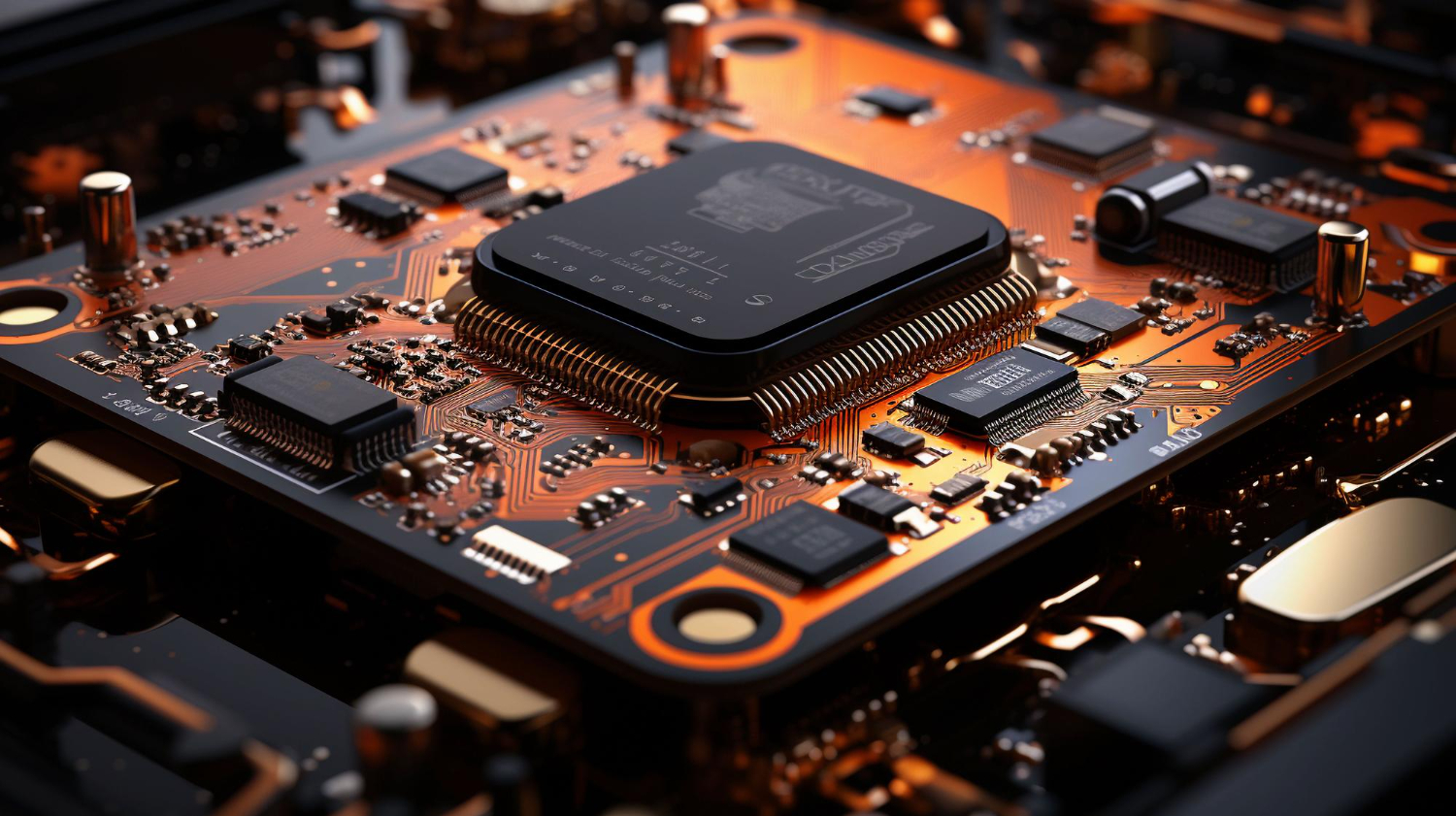Beginning
The Internet of Things (IoT) environment is filled with opportunities, and microcontrollers like the ESP8266 and ESP32 play important parts in various connected devices, boosting these improvements.
Espressif Systems, Inc. has created two important challengers in the domain of IoT evolution: the ESP8266 and the ESP32.
While their similar history, these kinds of microcontrollers serve different purposes, creating disagreement among developers about which is the better choice.
In this blog post, we’ll compare ESP8266 with ESP32, looking at their features, capabilities, and application scenarios to help you make a wise choice for your IoT projects.
1. What is ESP8266?
The ESP8266, which was released before its successor, soon became popular because to its ease of use and low cost.
With a single-core Tensilica Xtensa LX106 processor clocked at 80 MHz, it finds a home in a number of IoT applications.
Its built-in Wi-Fi networking was groundbreaking at the time, making the ESP8266 the ideal solution for projects that required wireless connectivity yet had minimal processing power requirements.

2. What is ESP32?
As technology developed, Espressif Systems introduced the ESP32, which addressed some of the problems of the previous model.
The ESP32 has a dual-core Xtensa LX6 processor, which increases its speed and capacity. Furthermore, it includes Bluetooth connectivity, allowing developers to design more diverse IoT applications.
The ESP32, with its faster clock speed, expanded GPIO abilities, and more memory, became the preferred choice for applications that required outstanding performance and connectivity.

3. Difference between ESP8266 and ESP32
1. Performance:
The ESP32’s dual-core design provides higher processing power. For highly computational tasks or applications that require multitasking, the ESP32 is the better choice.
However, for smaller projects with low processing requirements, the ESP8266 is still an options and cost-effective solution.
2. Connectivity:
While both microcontrollers enable Wi-Fi, the ESP32 includes Bluetooth capabilities. If your project requires Bluetooth connectivity or interfaces with Bluetooth-enabled devices, the ESP32 is a logical solution.
On the other hand, if Wi-Fi is the only requirement, the ESP8266 may sufficient.
3. GPIO Pins:
The ESP32 has more GPIO pins than the ESP8266, allowing for greater adaptability in connecting sensors, actuators, and devices. If your project requires a large number of GPIO pins, the ESP32 is the best solution.
4. Memory:
The ESP32 has larger flash memory and RAM than the ESP8266. This is particularly useful for larger and more complicated applications.
If your project requires large data storage or a high level of multitasking, the ESP32’s huge memory capacities are required.
4. Applications for ESP8266 and ESP32
ESP8266:
- The ESP8266 is suitable for home automation systems which need basic sensors and controls.
- Low-power applications in which energy efficiency is important.
- Projects with limited funds.
ESP32:
- ESP32 is a high-performance IoT device that can handle complicated computations.
- Projects that require both Wi-Fi and Bluetooth connectivity.
- Applications that require wide GPIO settings.
5. Additional factors to consider for ESP8266 and ESP32
1. Power Consumption: The ESP8266 has lower power consumption than the ESP32. In situations where energy efficiency is essential, such as battery-powered devices or applications with strong power limits, the ESP8266 may be the best option.
2. Cost Factor: Cost is a key component when selecting a microcontroller to use for a project. Compared to the ESP32, the ESP8266 is less expensive.
If the requirements of your project are fit with the ESP8266’s skills, using this kind of microcontroller may assist you save money with out losing operation.
3. Community Support and Documentation: The ESP8266 has a strong market history, leading in a strong ecosystem. The variety of internet tools, forums, and tutorials helps developers find answers and handle challenges.
While the ESP32 community is fast expanding, the ESP8266 maintains an advantage in terms of information and support from the community.
4. Development Ecosystem: Both microcontrollers work with the Arduino IDE, easing design. However, the ESP32 offers more functionality in the Arduino environment, and its dual-core architecture allows for more complicated methods of programming.
If you have become engaged with the Arduino ecosystem, switching to the ESP32 may be a simple process that improves your development possibilities.
5. Future-Proofing: With the quick development of technology, it’s important to secure your projects. The company Espressif Systems plans to provide continued maintenance and updates for the ESP32, given it is a more recent version.
Choosing the ESP32 may ensure compatibility with future developments in IoT technologies and rules and regulations.
Conclusion
Finally, deciding between the ESP8266 and the ESP32 requires an in-depth study of the project’s goals, financial limits, and additional factors.
The ESP8266 is still an excellent choice for modest projects with moderate computing requirements and cost sensitivity.
In contrast, the ESP32 performs in situations that require increased processing speed, multiple options for connection, and securing the future.
Finally, the success of your IoT project is dependent on a full understanding of the unique requirements and specifics, allowing you to make an informed choice between these two flexible microcontrollers.
Linked articles
1. Home Automation using Arduino and hc-05 Bluetooth module
2. What Microcontroller Used MicroPython?
3. ESP32 with Micropython to control electrical devices using a relay
4. How AI and IoT Impact Daily Life
5. Advantages And Disadvantages Of ESP8266 Wi-Fi Module






2 thoughts on “Is ESP8266 better than ESP32?”